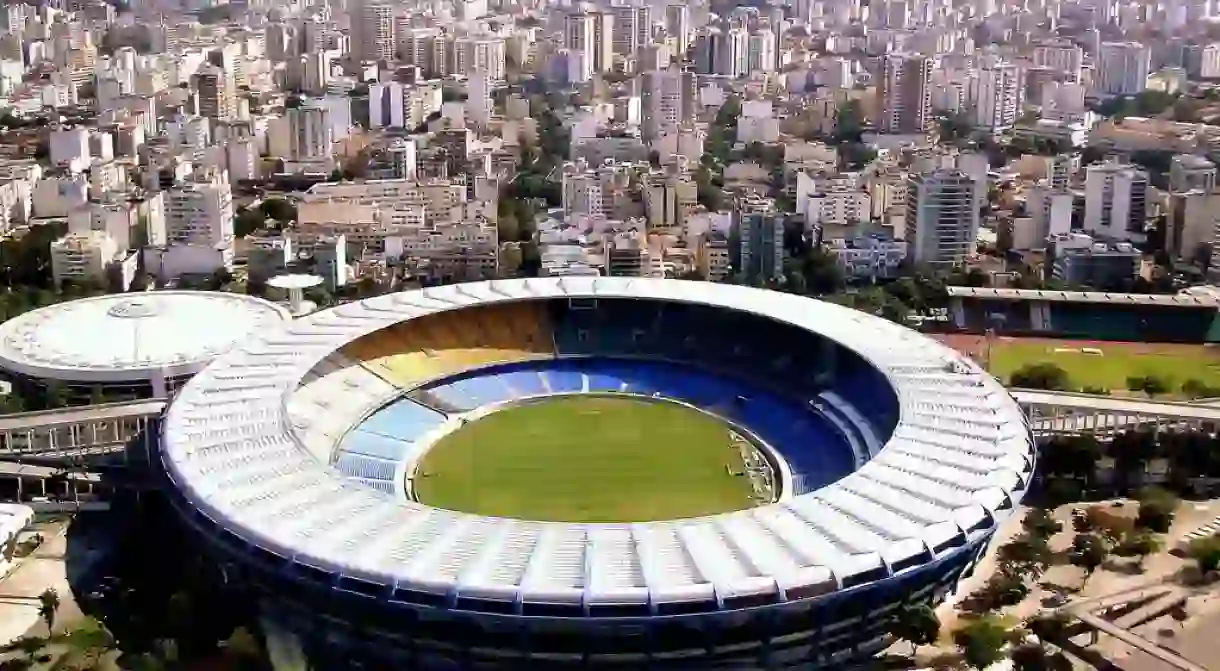Welcome to the North Zone, the District in Rio de Janeiro Tourists Never See

The North Zone of Rio de Janeiro is huge. It starts on the periphery of Tijuca and sprawls up and out to the city’s extreme north and northeast. It’s a mostly residential area and is home to the majority of Rio de Janeiro’s favelas, which means that it doesn’t have the same captivating attractions as the South Zone of the city. Yet among it all, there are some hidden gems that make for an interesting off-the-beaten-path trip for those looking for a different side of Rio. Welcome to the North Zone of Rio de Janeiro.
The South Zone of Rio de Janeiro, with its proximity to the beach and tourist icons, not to mention its selection of excellent bars and restaurants, is a side of Rio that mostly belongs to the local elite, expats, and tourists. In between the wealth, there are favelas such as Cantagalo, Rocinha, and Vidigal, which tend to have vastly different cultures and media attention compared to their counterparts in the North Zone and reflect the society that surrounds them.

The North Zone is enormous which means, for many thousands of locals, a long commute every single day to work or to study. It’s a different reality to the tourist spots and highlights the complex layers of life in Rio de Janeiro. Most of it is out of bounds for tourists, purely because it is residential and with little to do. However, there are some great spots worth visiting that will show you a different, more authentic side of the city.
Maracanã Stadium
Gym, Stadium

The Oswaldo Cruz Foundation
Museum

One of the world’s most important public health research institutions, the Oswaldo Cruz Foundation is the main hub in Rio de Janeiro for research and development in the social and biological sciences. It plays a critical role in maintaining the health and well-being of the population that live in Brazil by developing vaccines, drugs, serums, and diagnostic kits that help treat everyday illnesses as well as outbreaks and epidemics. For visitors, the Museum of Life has fascinating exhibitions that combine history and biological sciences and there are also restaurants and the surrounding gardens to enjoy.
Quinta da Boa Vista
Park

Rows of palm trees that surround perfectly maintained lakes make Quinta da Boa Vista one of Rio de Janeiro’s most picturesque public parks. It was once the garden of the Imperial Palace where the Emperors of Brazil lived during the 19th century. Nowadays, the palace is home to The National Museum, whose collections of archaeology, ethnology, and natural history are among the most important in Brazil. The vast park also hosts the city’s Zoo Gardens, home to significant populations of Brazilian monkeys and birds among the 2,000 species of animals that live there.
Samba Schools
Most of Rio de Janeiro’s samba schools are located in the North Zone of the city where they spend most of the year preparing for the upcoming Carnival. Throughout the year, most samba schools host events on the weekend that are open to the public and include live samba performances, dancing, and homemade feijoada in a lively, friendly environment. The samba schools also play an important role in supporting their surrounding communities by offering free sports days and education to poorer populations. Some of the most famous samba schools in the North Zone include Salgueiro, Mangueira, and Unidos da Tijuca.

CADEG Market
Market

The CADEG Market is a large market in the North Zone and provides a glimpse into local life as well as an opportunity to sample great food and buy unique souvenirs. There is the Portuguese Party every Saturday afternoon which comes with traditional folk music and famous Portuguese sweets and dishes – including the famous bacalhau (cod). Among the hundreds of stalls that sell local cheese, fruits and vegetables, wines, olive oils, cakes, and souvenirs, are dozens of restaurants that serve homemade Brazilian and Portuguese food in generous portions at cheap prices.













